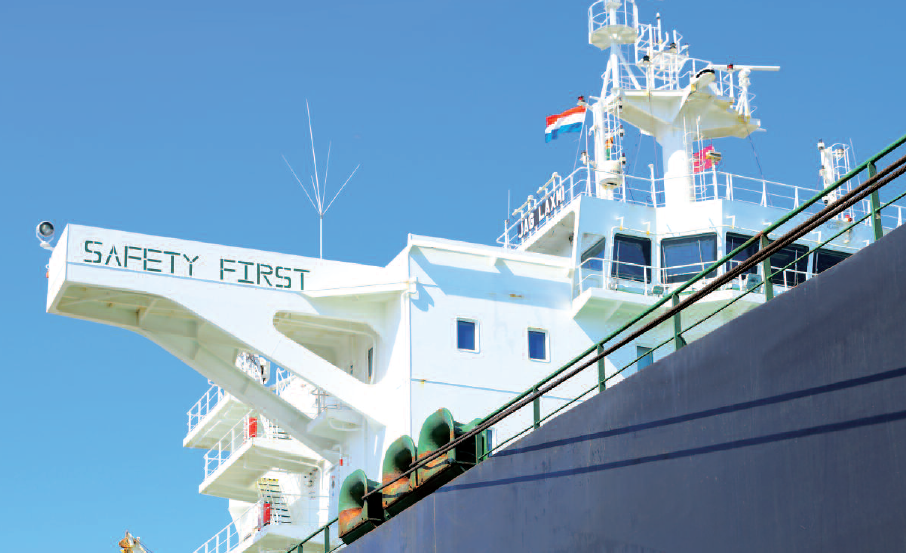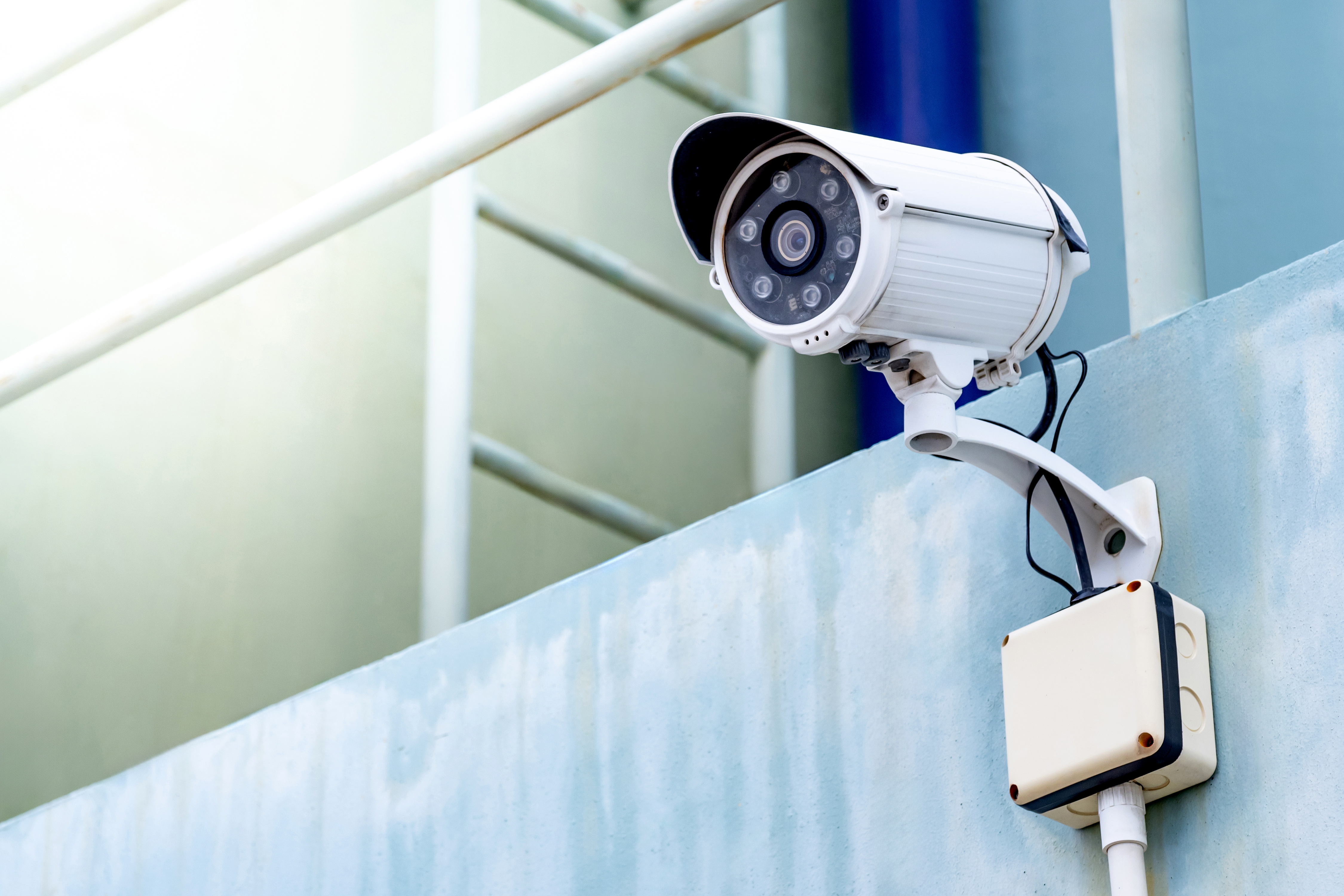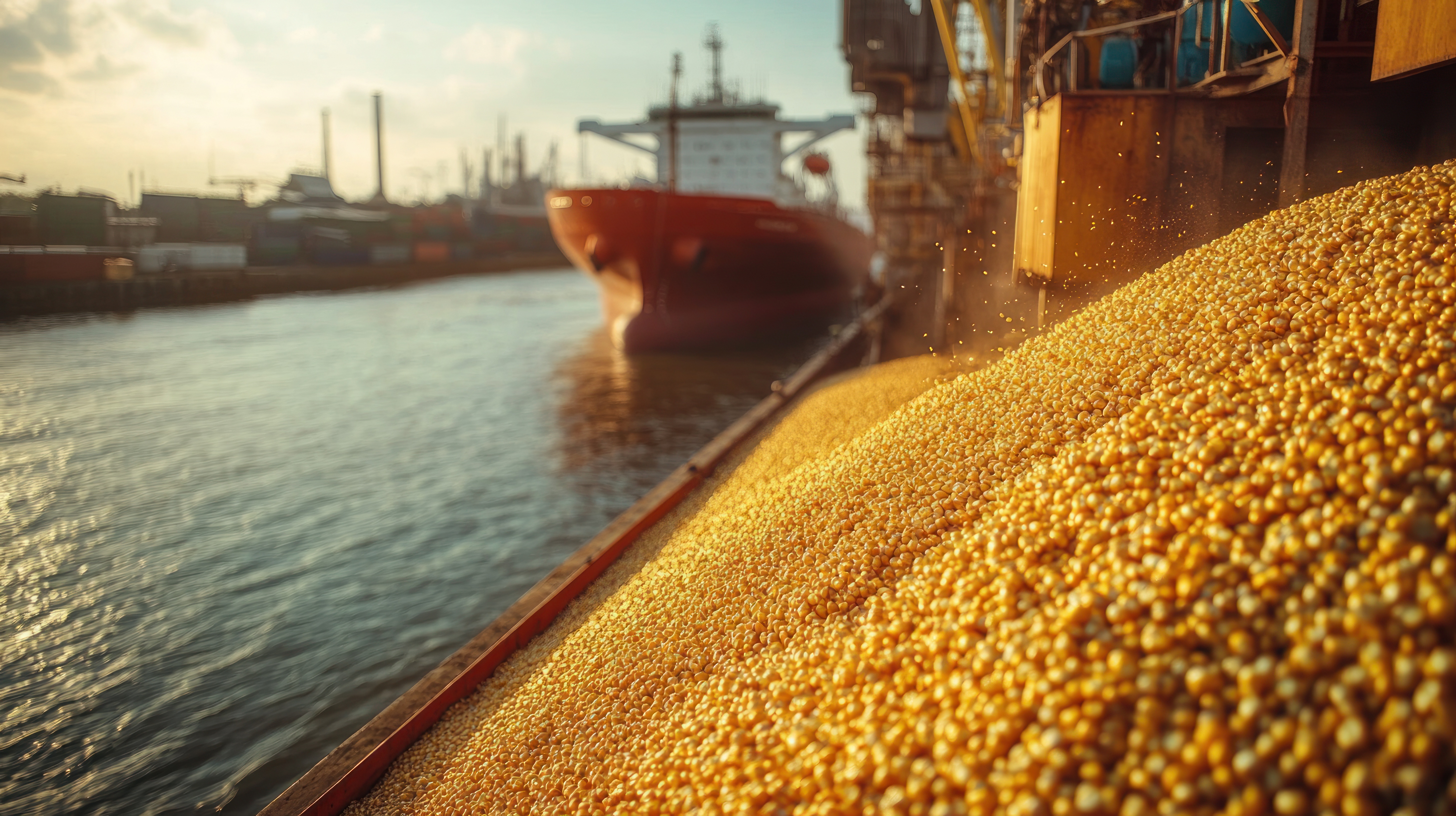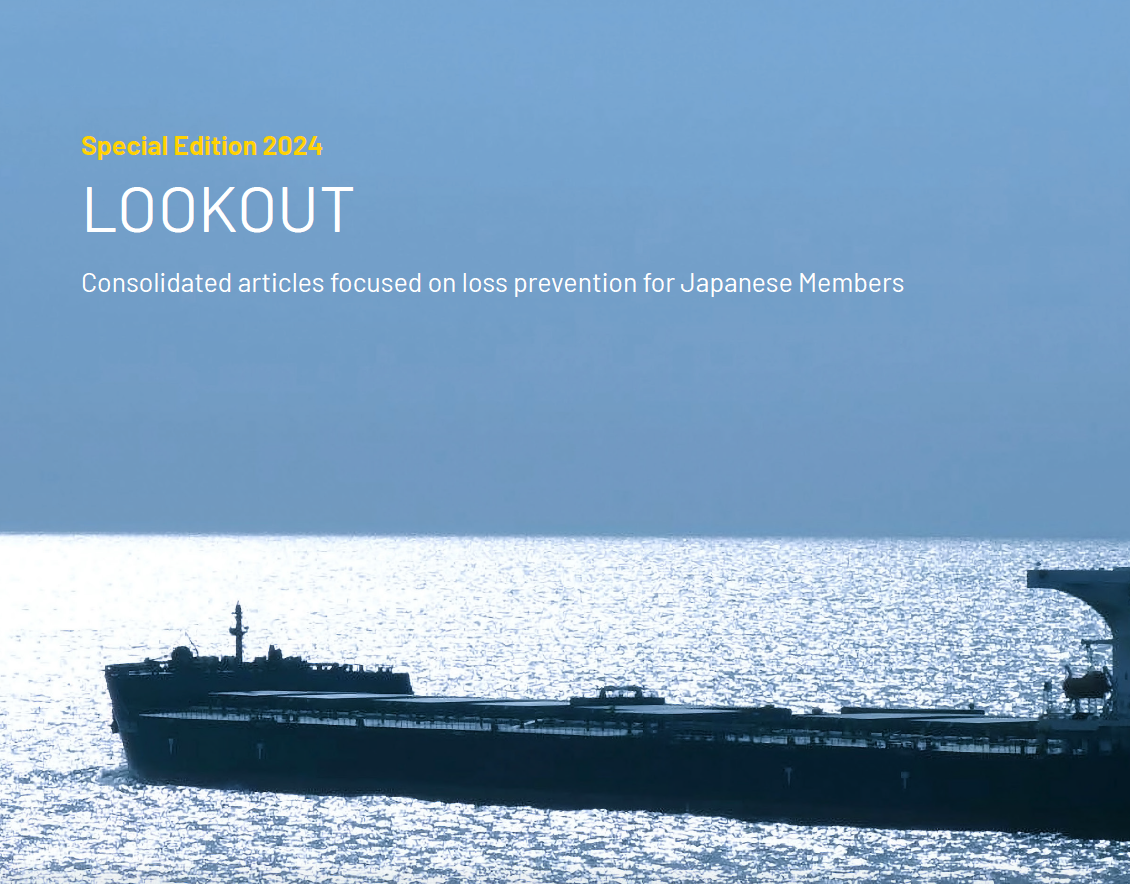
Introduction
On April 23, 2022, off the coast of Shiretoko, Hokkaido, contact with the sightseeing ship “K”, with a crew of two and 24 passengers, was lost and a search for the ship found that it sank with the loss of everyone on board. This tragedy was an enormous shock to the Japanese public. The Japan Transport Safety Board is conducting an investigation and more information about this accident the causes are expected to be revealed.
Japan established a Transport Safety Management System in October 2006 for all coastal ships in Japan. This system is also called the Japanese version of the ISM Code. The system requires operators of these ships to conduct voluntary and rigorous safety measures. Furthermore, a PDCA cycle must be used for the continuous improvement of safety management systems for an even higher level of safety.
On May 11, the Japanese government established a committee to study ways to prevent an accident like the one in Hokkaido from happening again. The committee announced an intermediary report on July 14. In the list of items that require immediate attention, the first one is the need for operators of ships to establish an even more rigorous safety management system. The report includes the following statement about strengthening safety management for ships.
“Operators of small passenger ships must reinforce transport safety management measures and the presidents of these companies must increase their awareness of the importance of safety. In particular, companies where there is a new president need to be evaluated thoroughly.”
For the management of companies with respect to the safe operation of ships, committee members have already reached the conclusion that the president must have a stronger commitment to safety.
The same need for a higher level of safety also applies to ships on international shipping. The ISM Code clearly states that companies, in other words management, are responsible for safety. In fact, there have been many marine accidents that highlighted the need for management to take responsibility for the safe operation of ships.
This report analyzes the responsibility of management involving marine accidents by looking at several examples of these accidents. The objective is to consider actions that managers need to take to improve safety.
Examples of accidents involving the responsibility of management
1. Capsizing of the Herald of Free Enterprise
The RORO ferry Herald of Free Enterprise departed the port of Zeebrugge, Belgium on March 6, 1987 for a routine voyage to Dover, England. However, the ship departed with the bow doors open. A large volume of water flowed into the vehicle deck that caused the ship to lose its stability and capsize. This tragedy resulted in the deaths of 193 passengers and crewmembers.

Herald of Free Enterprise

Zeebrugge and Dover

the ferry’s grounding in Zeebrugge
The direct cause of this accident was that the assistant boatswain, who is responsible for closing the bow doors, overslept and did not close the doors. However, the investigation concluded that the ferry company’s management is responsible because there was no foolproof system for preventing problems caused by the oversight of a single crewmember.
The investigation revealed that management did not respond properly to the following past incidents involving the Herald of Free Enterprise and her sister ferry.
- On several occasions, these ferries had departed with the bow doors open.
- The captains of these ferries had asked management many times to install an indicator on the bridge to show the status of the bow doors but these requests were ignored.
- The Bridge and Navigation Manual states that the officer responsible for loading vehicles and cargo must be on the bridge by 15 minutes before departure. This is contradictory with the duty to confirm that these doors are closed after loading has been completed.
Legal proceedings resulted in the conclusion that there was gross negligence of the captain, chief officer and assistant boatswain concerning the performance of their duties. However, the verdict also stated that there was gross negligence of the ferry’s owner too. The court made the following statements regarding the management of the company that owned the ferry.
- The underlying or cardinal faults lay higher up in the Company
- The Board of Directors did not appreciate their responsibility for the safe management of their ships
- Everyone involved with management, from the company’s directors to junior superintendents, were guilty of the failure to recognize that everyone is responsible for a failure of management
- From top to bottom the body corporate was infected with the disease of sloppiness
This was one of the accidents that led to the establishment of the ISM Code. This code was established in 1993. In 1994, this code became mandatory due to the addition of Chapter IX to the SOLAS Convention.
The duties of management (senior executives and onshore personnel)
1. Other marine accidents that revealed problems involving the responsibilities of management

There have been many other marine accidents over the years that highlighted problems involving the responsibilities of the management of companies that operate ships. A few selected accidents of this type are in the following table.
There are four key issues concerning the responsibility of management regarding these accidents (applicable ships are shown in parentheses).
- Company’s inadequate commitment to safety (insufficiencies regarding ship management responsibilities) (HFE, EV, SS, KM)
- There was a need to establish procedures for certain tasks (HFE, GR, AC, EV, SS, QE, KW)
- Insufficient monitoring/communication by the ship management company (HFE, GR, SS, QE, KW)
- There was a need to train personnel in the use of onboard systems (GR, QE, RM)
HFE/Herald of Free Enterprise, GR/Golden Ray, AC/Amoco Cadiz,
EV/Exxon Valdez, SS/Scandinavian Star, QE/Queen Elizabeth 2,
RM/Royal Majesty, KW/Kaiwo maru
All of these issues are included in the ISM Code, but these accidents demonstrate that there is a need to once again place emphasis on the establishment and use of safety management systems.
2. Proper management of ships
Companies that manage ships must be well aware of their responsibilities regarding safety management on ships. In addition, these companies must understand that management and the entire organization are responsible when an accident occurs.
The accidents listed in this report lead to the conclusion that the management of companies operating ships must simply implement the safety management systems of ships. Accomplishing this requires the managers of these companies build a system capable of determining the true status of ships at all times. This must be done by using every method possible for the use of the onshore organization and the monitoring of ship operations to acquire the necessary information. Taking these actions will improve procedures for performing specific tasks, provide the required resources, and give everyone an understanding of the need for training and education as well as facilitate these programs.
Management (the onshore organization) must always have a strong commitment to supporting ships (crewmembers).
Reference materials
- Intermediate Conclusions of the Shiretoko Sightseeing Boat Accident Investigation Committee, Ministry of Land, Infrastructure, Transport and Tourism
- mv HERALD OF FREE ENTERPRISE (Report of Court No. 8074, Formal Investigation, DEPARTMENT OF TRANSPORT)





